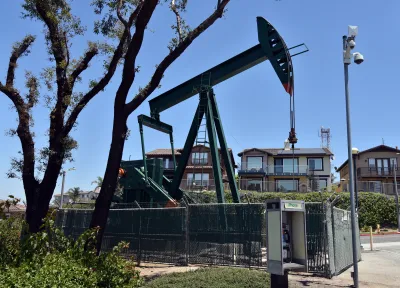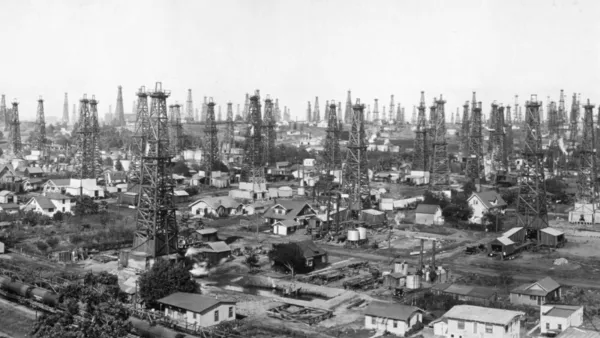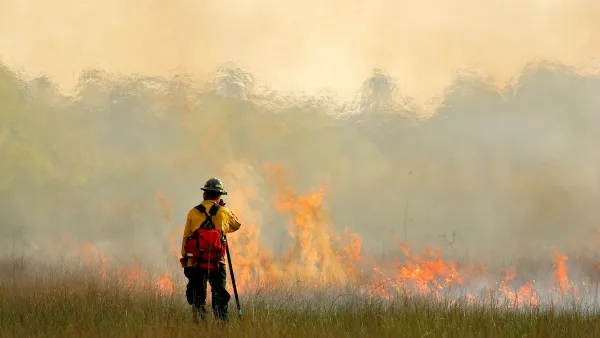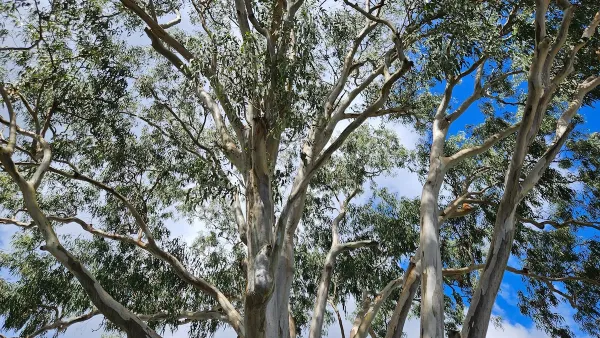Those living near oil and gas wells face increased risks from wildfires, which threaten these infrastructures and could lead to explosions, pollution, and other hazards, particularly affecting communities of color.

As wildfires rage across California, millions of residents living near oil and gas wells face heightened risks from explosions, pollution, and infrastructure damage. As reported by Hayley Smith, a study in the journal One Earth found that over 100,000 wells in the western U.S., primarily in California, are located in high fire-risk areas, putting nearly 3 million people at greater danger. These wells, both active and inactive, present significant hazards during wildfires due to potential leaks and combustible emissions.
California's oil wells, especially in Los Angeles, Fresno, Kern, and Orange counties, are particularly vulnerable. Historical incidents, such as the 2015 Aliso Canyon gas leak and the 2017 Thomas Fire, highlight the dangers, which are expected to increase with climate change. The study found a significant rise in wells within wildfire burn areas over recent decades, with further increases projected by mid-century. This growing risk underscores the need for proactive measures to protect affected communities.
Efforts to address these risks include California's recent legislation prohibiting new wells near homes, schools, and healthcare facilities, as well as increased funding for plugging abandoned wells. However, the study warns of a "pernicious feedback loop" where fossil fuel production exacerbates global warming, which in turn intensifies the frequency and severity of wildfires. This cycle necessitates stronger actions to reduce fossil fuel reliance and enhance safety for those living near oil and gas infrastructure.
The study also highlights that exposure to oil wells in wildfire-prone areas disproportionately affects Black, Latino, and Native American communities. These groups often reside in neighborhoods with a higher density of oil wells due to historical redlining and economic factors. Addressing these environmental justice issues requires comprehensive strategies to limit drilling in high-risk areas, improve monitoring technologies, and enforce stricter safety regulations to protect vulnerable populations.
FULL STORY: Millions of Californians live near oil and gas wells that are in the path of wildfires

National Parks Layoffs Will Cause Communities to Lose Billions
Thousands of essential park workers were laid off this week, just before the busy spring break season.

Retro-silient?: America’s First “Eco-burb,” The Woodlands Turns 50
A master-planned community north of Houston offers lessons on green infrastructure and resilient design, but falls short of its founder’s lofty affordability and walkability goals.

Delivering for America Plan Will Downgrade Mail Service in at Least 49.5 Percent of Zip Codes
Republican and Democrat lawmakers criticize the plan for its disproportionate negative impact on rural communities.

Test News Post 1
This is a summary

Test News Headline 46
Test for the image on the front page.

Balancing Bombs and Butterflies: How the National Guard Protects a Rare Species
The National Guard at Fort Indiantown Gap uses GIS technology and land management strategies to balance military training with conservation efforts, ensuring the survival of the rare eastern regal fritillary butterfly.
Urban Design for Planners 1: Software Tools
This six-course series explores essential urban design concepts using open source software and equips planners with the tools they need to participate fully in the urban design process.
Planning for Universal Design
Learn the tools for implementing Universal Design in planning regulations.
EMC Planning Group, Inc.
Planetizen
Planetizen
Mpact (formerly Rail~Volution)
Great Falls Development Authority, Inc.
HUDs Office of Policy Development and Research
NYU Wagner Graduate School of Public Service





























